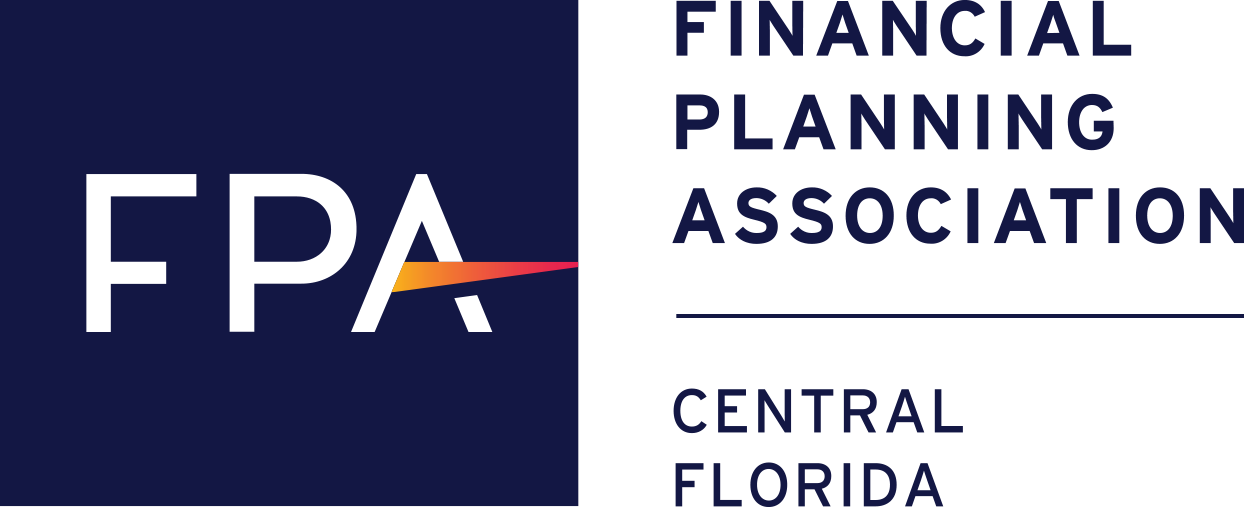Kids, Parents and Paying for College: Seven Steps to Striking the Right Balance
 If you’re a student who wants to go to college, or you’re the parent of a student with college aspirations, the dollar figures can be daunting. As of 2017, according to the College Board, the average all-in price (including tuition and fees) for four years at an in-state public college approaches $40,000. For four years at an out-of-state public college, the number exceeds $102,000. And for four years at a private nonprofit college, the tab runs about $139,000.
If you’re a student who wants to go to college, or you’re the parent of a student with college aspirations, the dollar figures can be daunting. As of 2017, according to the College Board, the average all-in price (including tuition and fees) for four years at an in-state public college approaches $40,000. For four years at an out-of-state public college, the number exceeds $102,000. And for four years at a private nonprofit college, the tab runs about $139,000.
However you slice it, going to college entails a major financial commitment. And it’s not getting any cheaper. In fact, between 2007-2008 and 2017-2018, overall tuition and fees at public four-year institutions have increased annually at an average rate of 3.2% above inflation, according to the latest figures from the College Board. So if college is still years away, simple math suggests that the aforementioned dollar figures will be significantly higher.
As daunting as it can be for parents and students to try to figure out how to fulfill the financial obligations that come with a college education, avoiding that stress and finding creative ways to cover an expense that by all indications will continue to increase “is all about budgeting and planning in advance,” says David J. Haas, a CERTIFIED FINANCIAL PLANNER™ (CFP®) professional with Cereus Financial Advisors in Franklin Lakes, NJ.
Give yourself plenty of time to work through the process, adds New York City-based CFP® professional, Sallie Mullins Thompson. “Be sure to start the planning at least two years in advance of the [student’s college] entry date.”
Step One in the planning process: Open the lines of communication.
“Communication between student and parent is key,” asserts Haas. With large sums of money in play, college funding discussions can invite divisiveness and unnecessary strife unless the involved parties commit to open communications. In laying the groundwork for those communications, it’s important that everyone agree to be frank, honest and transparent, to minimize unpleasant surprises and give one another the best chance of staying on the same page.
Step Two: Get clear about expectations.
How much are parents willing and able to contribute, if any? How much will the student be expected to kick in, if any? “Students and parents need to talk about the financial aspects of the college decision and be upfront about how much money parents are providing,” says Haas. “When a student sees that dollar figure of how much they’re going to be expected to cover, that student is going to be more diligent in finding ways to meet their obligation.”
As much as parents may want to cover a student’s entire college tab because they have the financial wherewithal to do so, they should still consider asking the child to cover a portion of the cost, because having “skin in the game” can motivate them to focus on making the most of their education, says Leon C. LaBrecque, CFP® who heads LJPR Financial Advisors in Troy, MI. “I made my kids pay 25% of their college cost. If they got a scholarship, that was their 25%. If the scholarship exceeded 25%, I agreed to hold [the equivalent amount of money] for them for later…The concept created an ownership bias in them such that they took ownership in their education.”
Step Three: Get clear about priorities.
Oftentimes families find themselves struggling to balance competing, concurrent financial priorities, such as saving for retirement while also funding a college education. “Remember, you can always borrow for college, but you can’t borrow for retirement,” says Melissa Sotudeh, CFP® at Halpern Financial in Rockville, MD.
“Look at [funding] your retirement as the number one priority, and funding college as the second priority,” Haas adds. “It’s important to look at all the family’s goals to understand where education fits.”
Step Four: Commit NOT to pay list price.
Every college has a list price and a net price for a student. And as Haas notes, “Many people don’t pay list price.”
In fact, tuition discounting by private colleges and universities is at an all-time high, according to the National Association of College and University Business Officers (NACUBO). Through grants, scholarships, and fellowships, the average tuition discount rate for first-time, full-time students at this category of schools was 49.1 percent in 2016-17. Among all undergraduates, the estimated institutional tuition discount rate was a record 44.2 percent. An estimated 87.9 percent of freshmen and 78.5 percent of all undergraduates received grant aid in 2016-17, according to the NACUBO.
There are ways to find out what the net price is for individual institutions, such as via the net price calculators on a school’s website. Net price info for many schools is also available at efcplus.com, and through the high school guidance office.
While net prices for four-year colleges have risen across the board, grant aid has not kept up with those increases in tuition and fees. Still, there’s plenty of needs-based and merit-based aid money available. In 2016-17, undergraduates received an average of $14,400 in financial aid, according to NACUBO. The first step to accessing that aid is to fill out and submit the FAFSA (Free Application for Student Aid). If you don’t qualify for need-based aid, private schools may be able to offer better award packages than state schools, notes Robin Giles of Apex Wealth Management in Katy, TX.
One way to avoid paying “sticker price,” adds Sotudeh, is to consider smaller and/or lesser-known institutions, which often provide more generous merit aid to attract students. She points to recent research by Alan Krueger at Princeton University and Stacy Dale at Mathematica Policy Research showing that students who were accepted to elite colleges but ended up attending less-exclusive ones ended up earning the same amount of money coming out of college as they would have had gone to the elite colleges. “As common-sense as it sounds, the students’ financial success had more to do with their individual aptitude than the school they attended.”
Also keep in mind that the aid terms offered by a specific school are negotiable — that a school may match or beat an offer from another institution if it wants a student.
Step five: Discuss the ramifications of debt.
Beware leaving college for the working world with a large debt burden, Haas cautions. “Students need to be careful to not take on too much debt when paying for their college education. They should understand the debt overhang and what it might mean once they graduate.” Carrying a lot of student debt out of college can limit a person’s ability to get a mortgage to buy a home, or a loan to buy a car, or even to rent or lease an apartment, he says.
In evaluating student loan options, look for flexibility, he recommends. “Federal student loans are the best loans to take for undergraduate education, because they have the best repayment plans and forgiveness is possible. They also can be forgiven in case of death or disability, and parents are not on the hook for the loan balances.”
Step six: Divide and conquer.
Gathering information about individual schools and about financial aid, then comparing and evaluating them, can be a time-consuming process. As you wade into the process, try to allocate responsibilities among student and parents.
Step seven: Cast a wide net.
Financial aid can come from a wide range of sources, some obvious and others less so. Sites like www.finaid.org/scholarships, www.scholarships.com (3.7 million scholarships and grants worth some $19 million), www.scholarshipowl.com (which allows users to apply for multiple scholarships via a single form) and www.fastweb.com (particularly useful for highly targeted scholarships) serve as clearinghouses for up-to-date information on funding sources. The federal government’s Pell Grant program (https://studentaid.ed.gov/types/grants-scholarships/pell) for low- and moderate-income students is also worth investigating.
But don’t stop there. Search the Internet using the word “scholarship” or “grant” plus keywords that relate to your areas of interest, or are specific to you and your background. Talk with the high school guidance counselor and the financial aid offices at the schools you’re targeting, as they can be valuable sources of information. And set your sights locally, regionally and nationally, because a variety of public and private sources offer scholarships and grants, including local businesses and philanthropic organizations, professional/business groups, community and civic organizations such as the Chamber of Commerce, Rotary, Lion’s and Elks, government entities, religious groups, even private citizens.
